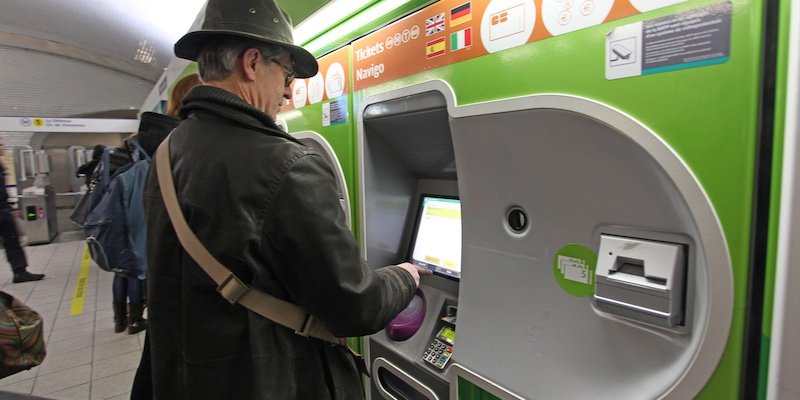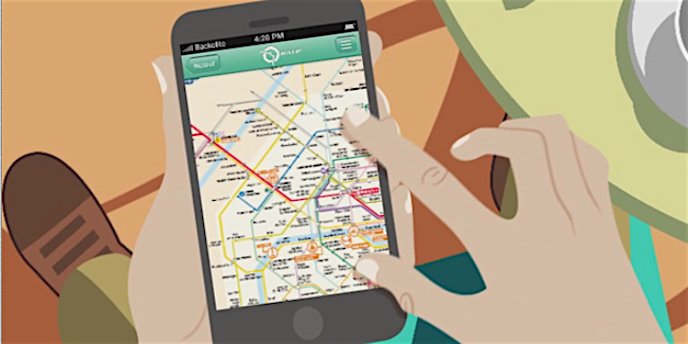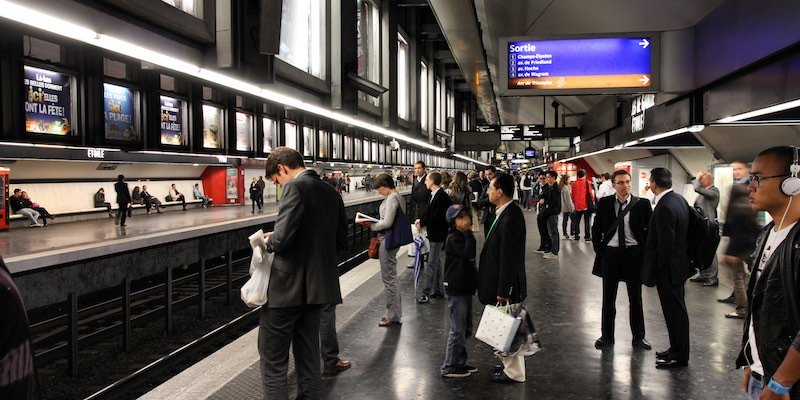Easy Guide To The Paris Metro – How To Go Deep In Paris
Easy Guide To The Paris Metro
Paris offers a wealth of great choices for getting around the city. There's nothing better than walking in Paris, for instance. The bus system is wonderful, and so is the Velib, the city bicycle system. But here we're going to talk about our first love, the Paris Metro. (By the way, the Metro and buses use the same tickets and passes.) If you want to travel fast, you have to go underground.
![]()
Our Top-Rated Paris Experiences
1. Seine River Romantic Dinner Cruise… With live music & champagne
2. Cheese and Wine Tasting in a Private Paris Cheese Cellar… Learn from a Master Affineur
3. Louvre Masterpieces Tour… Skip the lines for the best experience
4. Dinner Cruise with Maxim's of Paris… An Art Nouveau experience from 1900
The Historic & Extensive Underground
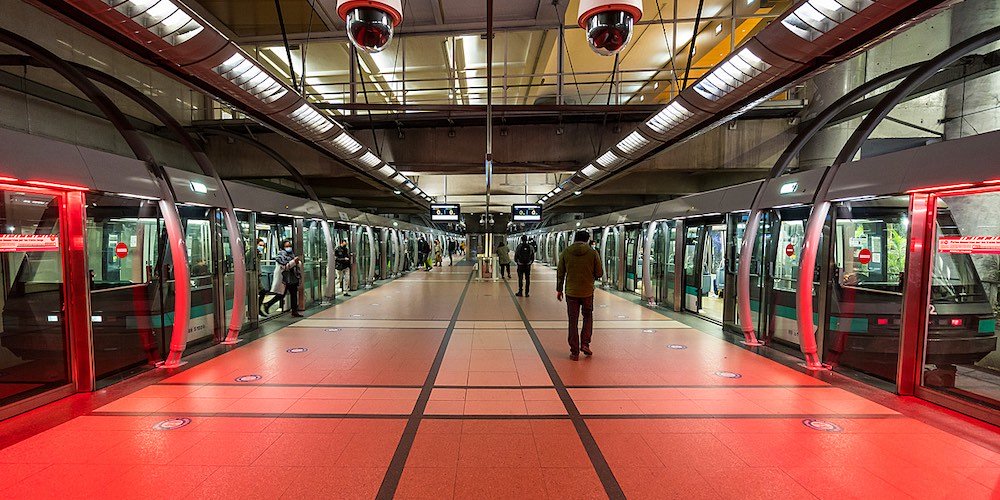 Modern Metro Line 14, photo RATP
Modern Metro Line 14, photo RATP
The Paris Metro is one of the oldest underground urban transit systems in the world, starting out at the very beginning of the 20th century. Since then it's grown into one of the most extensive systems found anywhere, so that from almost anywhere in Paris it's only a short walk to the nearest Metro station. There are over 300 stations on sixteen Metro lines in a city that covers just forty square miles. And it's very well used — every year more 1.5 billion rides are taken on the Paris Metro.
![]()
Discover What's On When You're Here...
• January... |
• February... |
• March... |
• April... |
• May... |
• June... |
• July... |
• August... |
• September... |
• October... |
• November... |
• December... |
Discover What's On When You're Here
• January...
|
• February... |
• March... |
|---|---|---|
• April... |
• May... |
• June... |
• July... |
• August... |
• September... |
• October... |
• November... |
• December... |
Where Can the Paris Metro Take You?
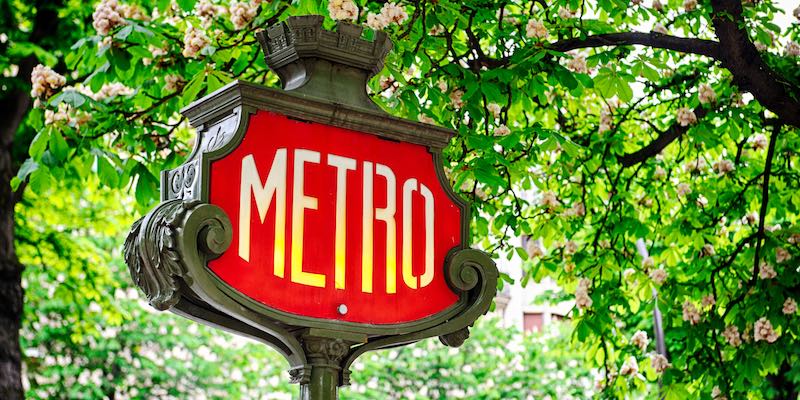 Typical historic Metro sign
Typical historic Metro sign
With all those stations, the Metro can get you pretty much any place you want to go in the Paris city limits. The Metro is one reason why it's so easy to see a lot of Paris in a short time. Line 1, for instance, traverses the city from east to west (at a small angle) so you can hop on at the Arc de Triomphe and zip over the the Bastille on the other side of Paris. With the spider's web of lines, it's fairly easy to get from one place to another with only one transfer. Most of the time. (By the way, you can transfer as many times as you want once you enter the Metro system. Until you get out, that is.)
The standard Metro ticket covers the entire city. That's zones 1, 2 & 3 — all you're ever going to need as a visitor. We said "ticket", but the paper tickets don't exist any longer. Today it's all done with rechargeable plastic cards.
![]()
Our Most Popular Day Trips from Paris
|
Spend a Day in the Champagne Region |
Visit the Historic D-Day Beaches |
|
Visit the Historic D-Day Beaches |
How Do You Ride the Paris Metro?
Here's the most important point of this whole article — riding the Metro is simplicity itself. You can buy your pass at an automated machine found in all stations. The machines take credits cards, some even take cash. Then, when you approach the gate, simply tap your card to get through. You're in.
On June 12, 2019 (in case you're interested in exact dates) a new, modern way of buying Paris Metro rides began. The rectangular paper tickets with a magnetic strip down the middle have been replaced by a rechargeable plastic card called Navigo Easy — aimed specifically at tourists and occasional users. It costs a one-time €2 to purchase a permanent card that can be loaded with Metro "tickets" at machines or ticket counters at every station across the Paris region.
Once you're in a Metro station, look for the easy-to-use signs that direct you to your platform. If you're in a station with multiple lines, simply follow the signs with the number of the line you are looking for. (For instance, at the Arc de Triomphe station — called "Charles de Gaulle-Etoile" — look for signs for lines 1, 2, or 6.)
![]()
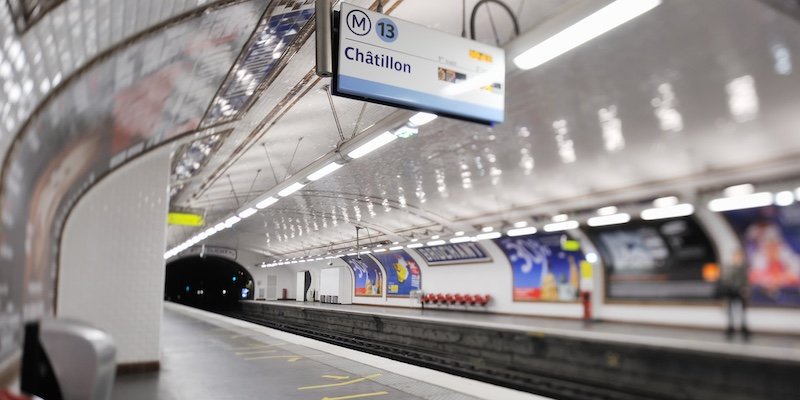 Metro Line 13, direction Châtillon
Metro Line 13, direction Châtillon
![]()
The only (slightly) tricky thing is that you need to know which direction you are heading in. Trains on each line run both ways, of course, so you need to know whether you're going north or south, or east or west, etc. The directions are named for the last station on that line on either end. Looking at Line 1 again, the directions are La Defense in the west and Chateau de Vincennes in the east. Those are easy to remember, but we can get confused on Line 7, for instance, where the directions are La Courneuve-8 May 1945 and Villejuif Louis Aragon.
Luckily, the Paris Metro signage solves that problem. Before you take the stairs to your platform you'll see a sign listing the stations in that direction. So, if we're taking Line 7 to Gare de l'Est, we simply scan the list of stops to make sure we're heading in the right direction.
![]()
Romantic Dinner Cruises In Paris
|
VIP Dinner Cruise with Bateaux Parisiens |
Dinner Cruise by Maxim's of Paris |
|
VIP Dinner Cruise with Bateaux Parisiens |
How Do You Navigate the Paris Metro?
There are maps in all of the stations, but we recommend you also carry a Metro map with you. You can find free maps at the stations, but virtually every guidebook also includes a Metro Map. These days, though, there are some very good digital aids. There are phone apps that give you a map and help you plan a route. There's also a great online tool that plots the best route from station to station or even from one address to another in Paris. Read more in our guide.
![]()
Find Hotel Deals for Your Dates in France
Check with Booking.com to find today's sale prices on hotel rooms in every village & city in France. Save 20% to 30%… or even more! |
Booking.Com France Hotel Deals |
Find Hotel Deals for Your Dates in France
Booking.Com France Hotel Deals |
What Is the train? (AKA the RER)
In some Metro stations you'll also see signs for Line A or B or C or D. Those are lines of the RER, which is now being called simply train. Compared to the Metro, the RER/train is deeper and faster, with fewer stations and a greater reach. The RER/train is the Paris regional high-speed urban train system. In the city, the RER/trains runs underneath the Metro, so you're often taking a long escalator ride even deeper underground.
We use the RER/train to get places fast. If we're going from the Arc de Triomphe to the zoo at Vincennes, we don't take Metro Line 1, we take RER line A and get there in 15 minutes flat. That's fast, and all at the cost of only one Metro ticket.
Paris Planning Guides
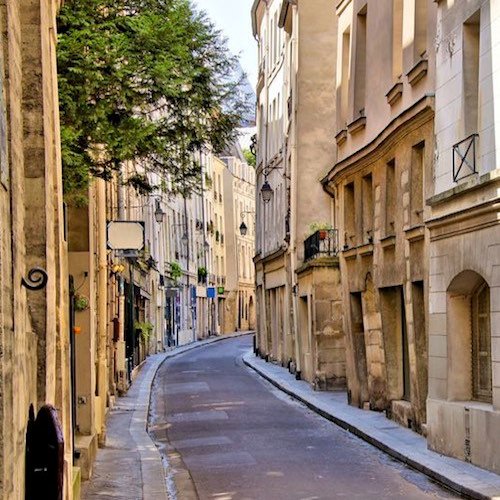 Latin Quarter Guide
Latin Quarter Guide |
 Left Bank Hotels
Left Bank Hotels |
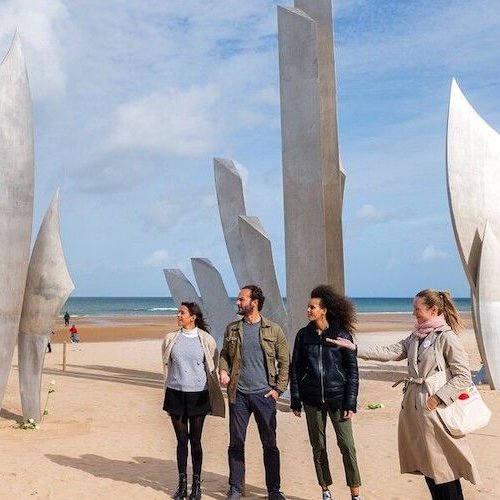 Historic D-Day Tours
Historic D-Day Tours |
 Glorious Dinner Cruises
Glorious Dinner Cruises |







